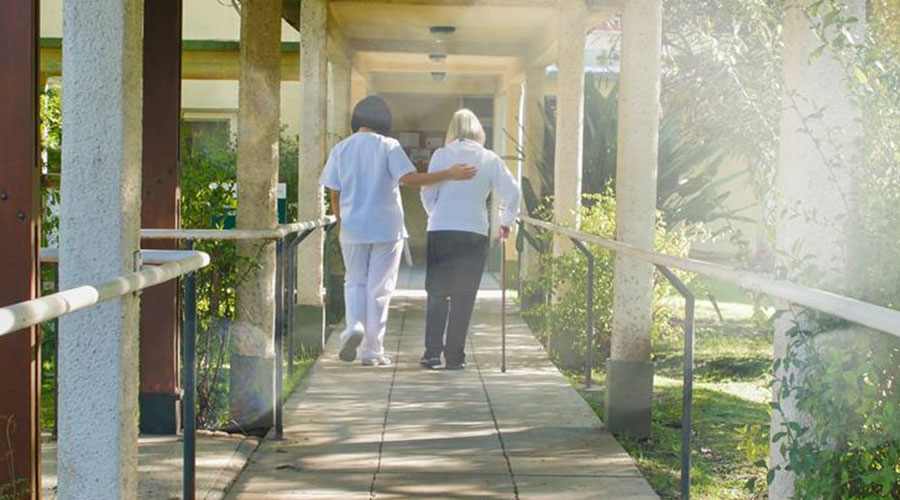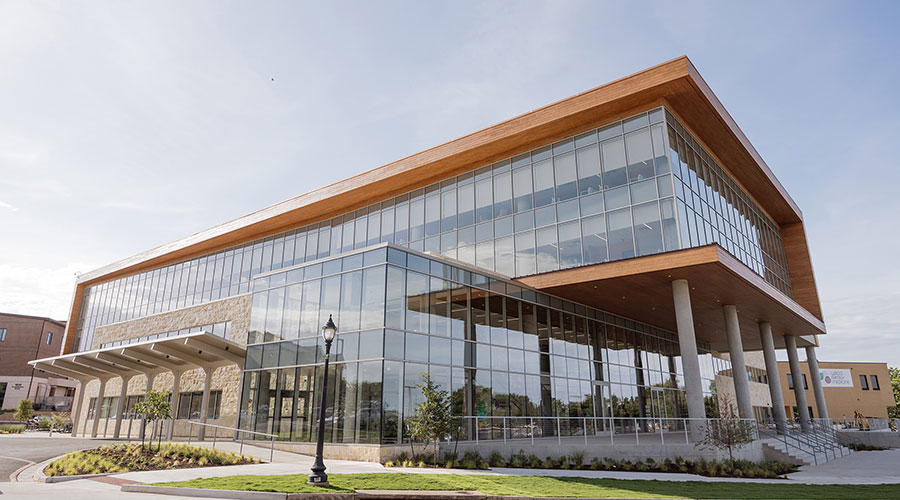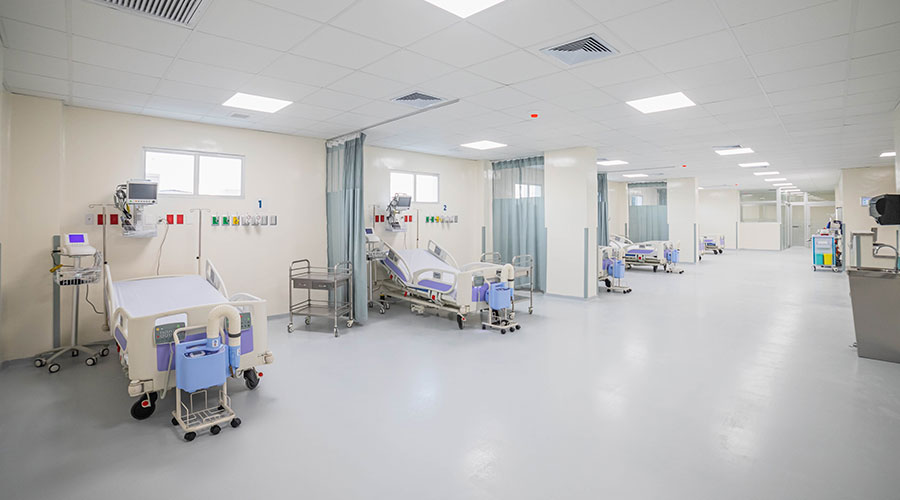The monitoring and management of potentially exposed hospital personnel to patients with Ebola Virus Disease (EVD) has brought a renewed focus to the protocols, equipment and isolation rooms used in these quarantine situations.
Although Ebola is not considered an airborne disease, the Centers for Disease Control (CDC) recommends that healthcare facilities restrict certain procedures and treatment for Ebola patients to a private room – ideally an Airborne Infection Isolation Room (AIIR) – when feasible.
In a healthcare facility, control of airborne contaminants is essential to providing a safe, healing environment. Yet many healthcare facilities today still rely on relatively primitive smoke tubes or flutter strips to check the airflow and differential pressure of critical healthcare areas, including the AIIRs being used for Ebola patients. This despite guidelines from the CDC, Joint Commission and ANSI/ASHRAE/ASHE that call for permanently installed monitoring devices for more precise control and safety.
With the Ebola scare, hospitals around the country are quickly realizing they need to adopt a more consistent, continuous, automated method of CDC compliance, not only for Ebola, but also for patients with serious, communicable airborne diseases.
The challenge for many hospitals today is that installing most environmental monitoring systems often requires a significant retrofit in order to integrate them into a hospital’s existing IT infrastructure. Some, however, are taking an innovative approach using their existing wi-fi infrastructure that doesn’t require a complete overhaul in order to use continuous monitoring through differential pressure monitoring systems.
These systems employ highly sensitive, low-pressure sensors that are able to detect ultra-low changes in air pressure that could adversely affect patient safety. They require a miniscule amount of air flow through the unit to detect pressure changes. If the pressure does go out of range, the facility manager and other key hospital personnel are notified so they can take the necessary precautions to protect the safety of patients, staff and visitors.
Installation through an existing wi-fi infrastructure works much more quickly than other systems, which usually require transmitters, bridges or other hardware to be added. Hospitals can also deploy hosted solutions that do not require additional servers or software in order to save time and money.
It is important for facility managers to note that any sensors they do install should meet or exceed the differential pressure monitoring requirements set down by the CDC and other organizations that have jurisdiction over the treatment of patients in AIIRs.
The CDC has information available online covering its infection prevention and control recommendations for hospitalized patients with known or suspected EVD in U.S. hospitals. It covers key considerations for EVD patients and the healthcare professionals treating them, including:
• Patient Placement
• Personal Protective Equipment
• Patient Care Equipment
• Patient Care Considerations
• Aerosol Generating Procedures
• Hand Hygiene
• Environmental Infection Control
• Safe Injection Practices
• Duration of Infection Control Precautions
• Monitoring and Management of Potentially Exposed Personnel
• Monitoring, Management and Training of Visitors
The CDC also offers information on EVD on its website including clinical guidance, prevention, signs and symptoms, and other useful links at http://www.cdc.gov/vhf/ebola/index.html.
Brian Balboni is the president of Primex Wireless.

 Designing Hospitals for Wellness
Designing Hospitals for Wellness Baptist Health Announces New Cancer Care Center in Key West
Baptist Health Announces New Cancer Care Center in Key West Waco Family Medicine Achieves Savings and Bold Design with Wood Selections
Waco Family Medicine Achieves Savings and Bold Design with Wood Selections Alleged Ransomware Administrator Extradited from South Korea
Alleged Ransomware Administrator Extradited from South Korea Design Plans Unveiled for New Intermountain St. Vincent Regional Hospital
Design Plans Unveiled for New Intermountain St. Vincent Regional Hospital